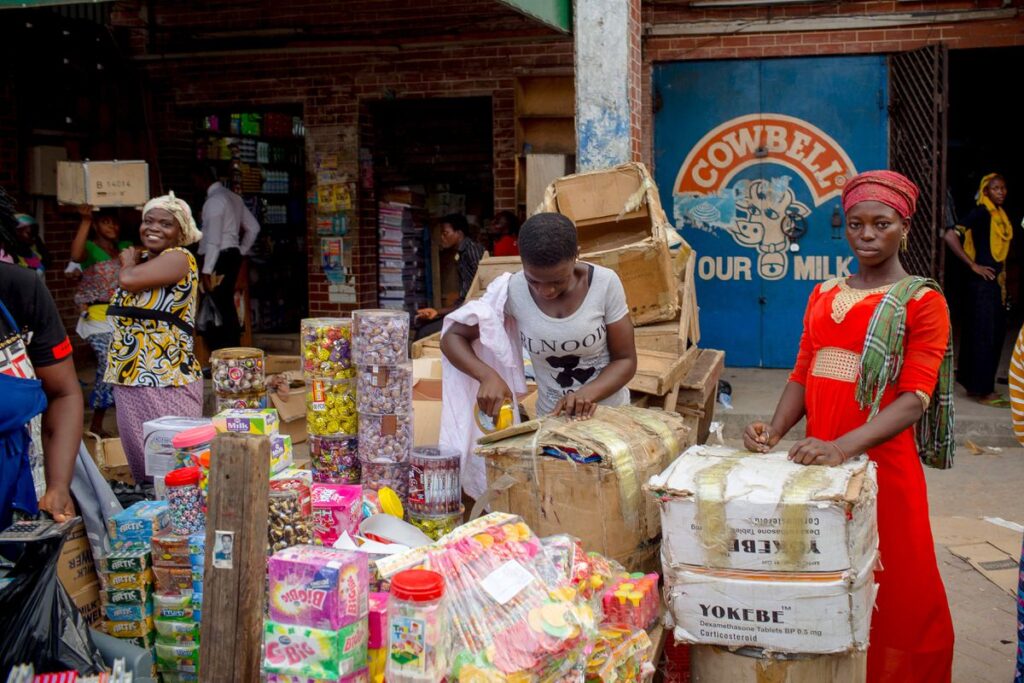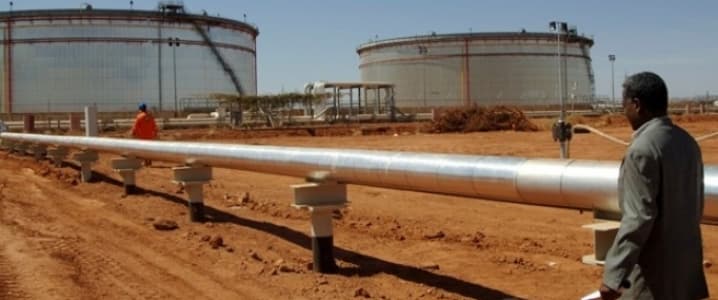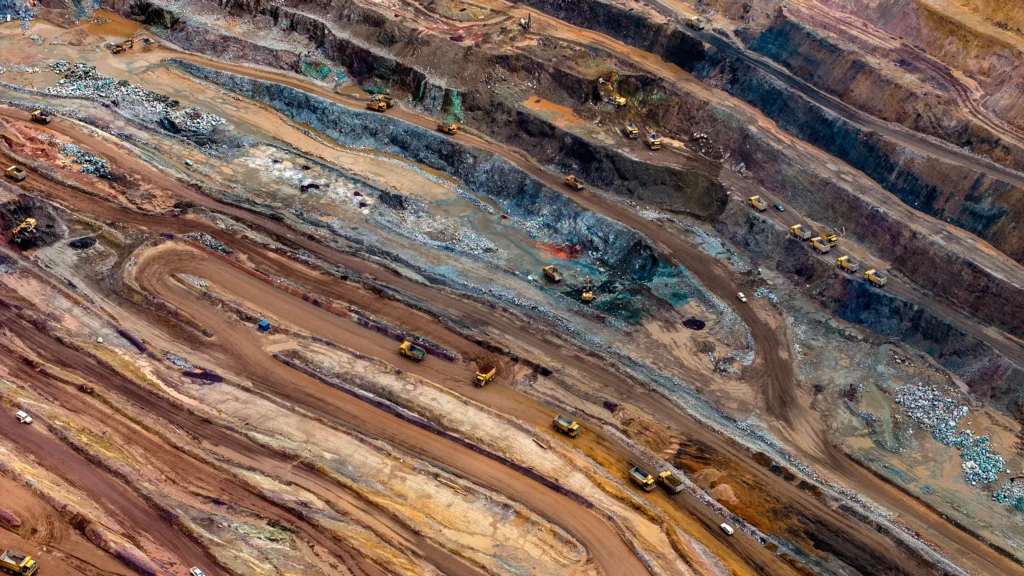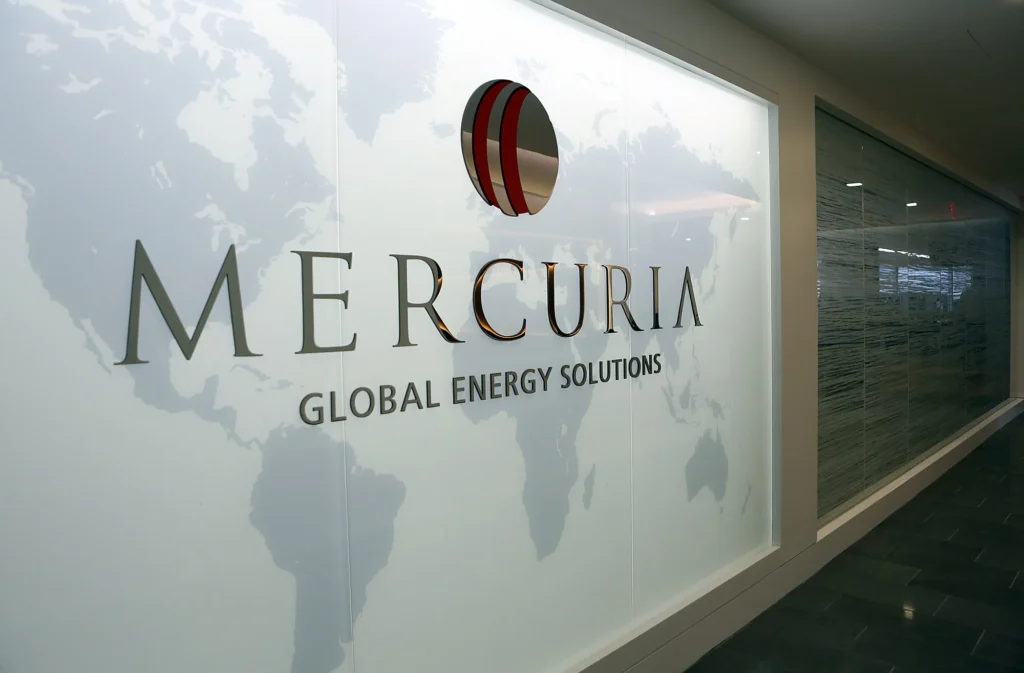
Ghana’s economic growth stuttered in the third quarter of 2023, dipping to 2.0% year-on-year compared to 3.2% in the previous quarter. The decline, attributed to a contraction in the industrial sector, adds another layer to the West African nation’s current economic turmoil.
This slowdown marks a stark contrast to the earlier optimism of 2023, when a rebound in services and agriculture sectors had hinted at recovery. However, the industrial sector, a crucial driver of the economy, faltered with contractions in key sub-sectors like mining and construction.
Despite the overall slowdown, there was a glimmer of hope in the agricultural sector, which managed to make a positive contribution despite a challenging cocoa season. This highlights the importance of diversifying the economy beyond resource extraction to weather external shocks.
The economic malaise manifests in the form of a sharply depreciating cedi currency and double-digit inflation, squeezing consumers and businesses alike. However, recent data suggests a possible silver lining as inflation rates, both producer and consumer, show signs of easing. Producer inflation in November clocked in at 2.0%, significantly lower than its October high of 9.7%. Consumer inflation also saw a welcome drop, falling to 26.4% from 35.2% in the previous month.
The Ghanaian government is actively seeking solutions, currently in negotiations with official creditors for a debt restructuring deal. Securing this deal is crucial, as it would pave the way for the release of the next $600 million tranche of a $3 billion rescue package from the International Monetary Fund. These funds are vital for implementing much-needed reforms and stabilizing the economy.
Ghana’s economic woes are a stark reminder of the vulnerabilities inherent in resource-dependent economies. Diversification, prudent fiscal management, and investment in critical sectors like agriculture and infrastructure will be key to steering the country towards a more sustainable and resilient future.




